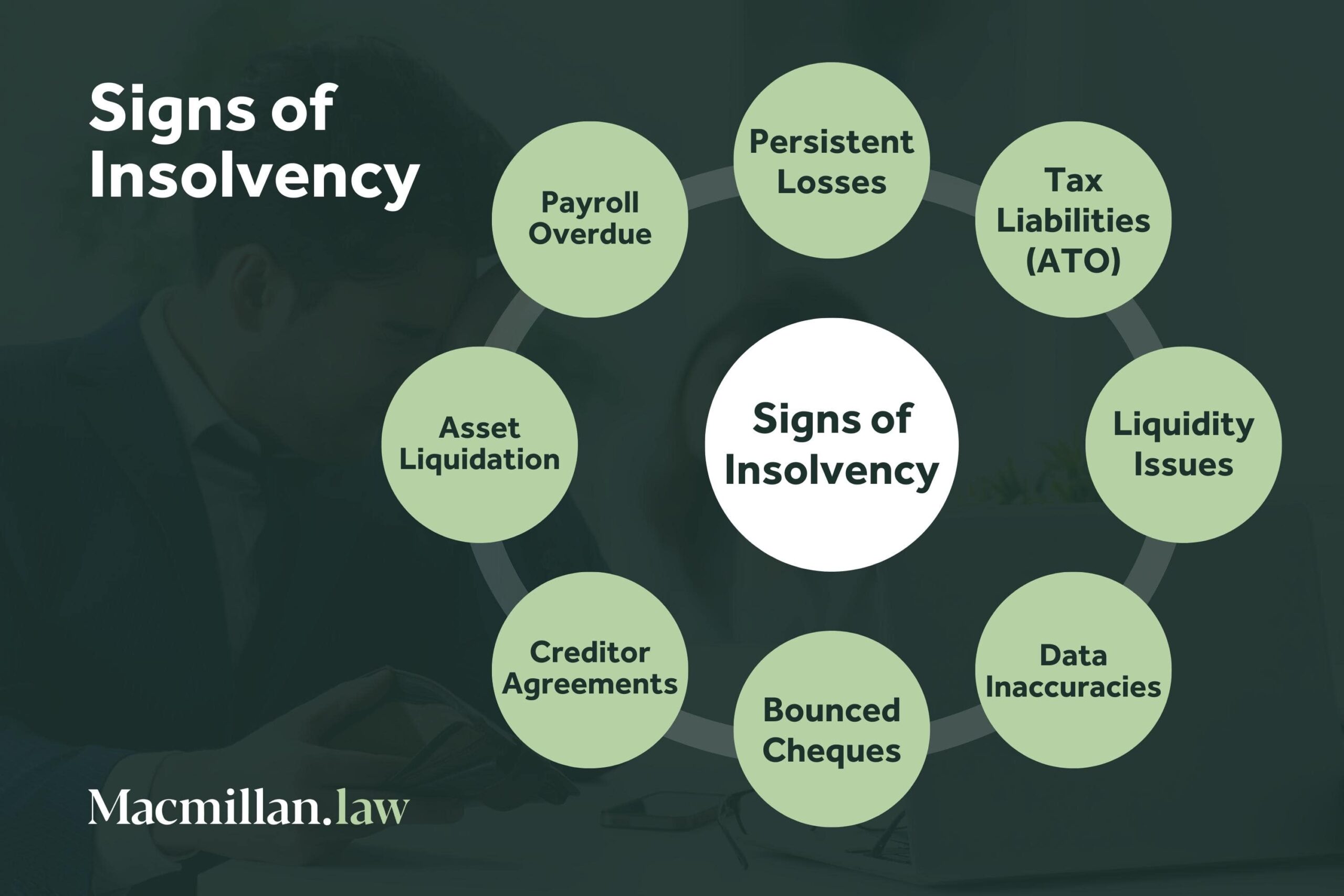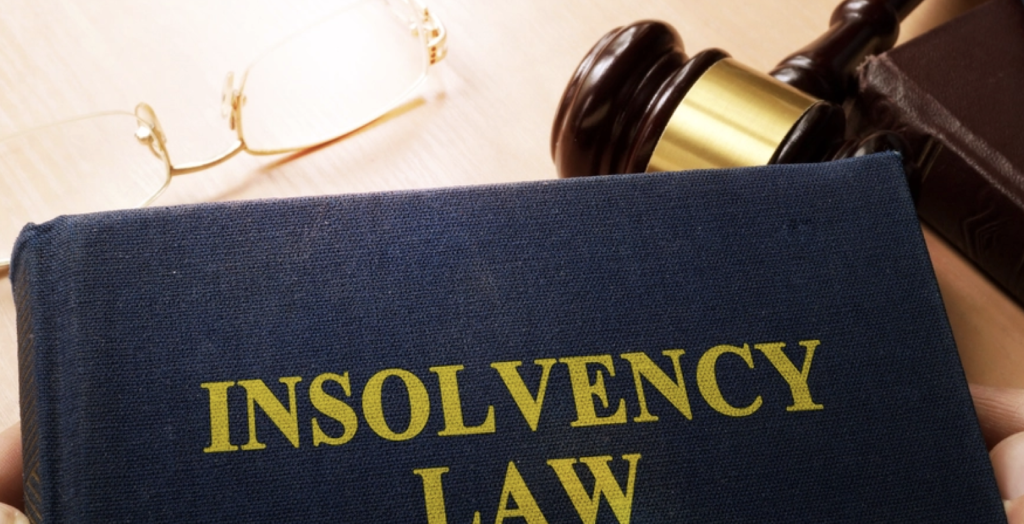Insolvency Practitioner Fundamentals Explained
Insolvency Practitioner Fundamentals Explained
Blog Article
Some Known Factual Statements About Insolvency Practitioner
Table of ContentsNot known Facts About Insolvency PractitionerThe Best Strategy To Use For Insolvency PractitionerInsolvency Practitioner - TruthsThe smart Trick of Insolvency Practitioner That Nobody is Talking AboutThe Best Strategy To Use For Insolvency PractitionerInsolvency Practitioner Fundamentals ExplainedWhat Does Insolvency Practitioner Mean?
Insurance is checked and controlled by state insurance policy departments, and one of their main goals is shielding insurance policy holders from the danger of a firm in economic distress. When a firm gets in a duration of monetary problem and is unable to meet its commitments, the insurance coverage commissioner in the company's home state starts a processdictated by the laws of the statewhereby efforts are made to aid the business restore its economic footing.If it is established that the firm can not be rehabilitated, the company is proclaimed insolvent, and the commissioner will ask the state court to get the liquidation of the business. [Back] The insurance coverage commissioner, either designated by the guv or elected, heads the state insurance division and displays and regulates insurance coverage task within the state.
[Back] By getting control of a company, the commissioner (or the insurance policy department) is, by law, the rehabilitator or liquidator of the business. In this ability, the commissioner or division takes control of the business's procedures. Rather than do so straight, the commissioner may keep a special replacement receiver to manage the business's tasks - Insolvency Practitioner.
4 Easy Facts About Insolvency Practitioner Described
The receiver oversees an accountancy of the business's possessions and obligations and carries out the estate of the business. In doing so, the receiver looks for to take full advantage of the company's assets, transfer them to cash, and after that disperse that cash money to financial institutions having valid insurance claims versus the insurance provider according to settlement priorities defined by state legislation (in all states, insurance holders are priority claimants whose claims are paid before those of general lenders).
All insurance provider (with restricted exemptions) accredited to market life or medical insurance or annuities in a state have to be participants of that state's guaranty association. The warranty association accepts the commissioner and the receiver in pre-liquidation preparation. When the liquidation is gotten, the guaranty organization supplies insurance coverage to the company's insurance policy holders who are state homeowners (up to the levels defined by state lawssee listed below; any benefit amounts over the warranty asociation advantage levels end up being cases versus the firm's remaining assets).
Everything about Insolvency Practitioner
The above insurance coverage levels use individually for every financially troubled insurance firm. [Back] When an insurance provider stops working and there is a shortage of funds needed to meet the obligations to policyholders, state guaranty organizations are activated. Warranty associations have 2 main sources of funding when providing coverage to insurance policy holders. Warranty associations have subrogation legal rights to a proportionate share of the click to read properties remaining in the failed insurer.
Second, insurance companies doing service in that state are examined a share of the quantity needed to meet the section of the warranty associations' protected claims not otherwise moneyed with estate possessions. The quantity insurers are analyzed is based on the amount of premiums that they accumulate in that state. [Back] The National Company of Life and Wellness Insurance Warranty Organizations (NOLHGA) is composed of the life and medical insurance guaranty associations of all 50 states and the Area of Columbia.
NOLHGA develops a task pressure of depictive guaranty associations to work with the insurance coverage commissioner to create a strategy to shield insurance policy holders.
Some Known Incorrect Statements About Insolvency Practitioner

Predictive defense by assisting you select the ideal consumers and the appropriate markets to prevent uncollectable loan to begin with, thanks to intense economic evaluation. Extensive market knowledge, supplying you with 360-degree visibility on business industries and putting in jeopardy difficulties. It would certainly be a simplification to believe a profession credit scores insurance begins and ends with premiums and pay-outs.

The Ultimate Guide To Insolvency Practitioner
It can bring visit this site right here about work losses, asset sales, and even insolvency. It is crucial to comprehend just how visite site business insolvency jobs and how it can affect your service. Why does a company become part of bankruptcy? There are a number of reasons why a business may become part of bankruptcy. The most typical reason is that the company is incapable to pay its financial debts as they fall due.
Other factors for insolvency include scams, mismanagement, and unanticipated costs. Insolvency can likewise lead to job losses and the closure of services.
Some Known Incorrect Statements About Insolvency Practitioner
This can have major ramifications for the firm, its stakeholders, lenders and the economy. The company may be required to market assets, lay off personnel or also shut down. This can have a ripple effect on the neighborhood neighborhood and the economic climate as a whole. Financial institutions may be left out of pocket and the company's shareholders might see their financial investment go away.
This can occur for a number of factors, including inadequate financial administration, unanticipated prices, or a change on the market. If a company is bankrupt, it might be forced to shut down or sell properties to pay financial institutions. This can have a major effect on the service, workers, and shareholders.
Why does a company enter into bankruptcy? There are a number of reasons why a firm may enter into bankruptcy.
The 5-Minute Rule for Insolvency Practitioner
Other factors for bankruptcy consist of fraud, mismanagement, and unanticipated prices. When a company ends up being bankrupt, its properties are made use of to repay its financial obligations - Insolvency Practitioner. This can have a significant impact on the service, as it might no more have the ability to proceed running. Bankruptcy can also result in task losses and the closure of organizations.
This can have major ramifications for the company, its stakeholders, financial institutions and the economy. The business may be required to offer possessions, lay off staff or also shut down. This can have a ripple effect on the local community and the economic climate overall. Financial institutions might be overlooked of pocket and the company's shareholders may see their investment disappear.
Report this page